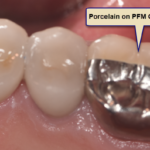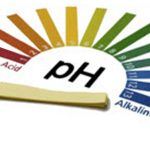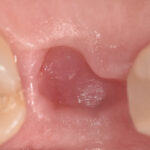An environmental project on toxic methyl-mercury ingestion released in February 2010 quantified the actual cost of toxic mercury emissions. Issued jointly by Norwegian and Swedish research institutes, the report estimates that if current trends continue, human and wildlife exposure will increase by 25%. The Scandinavian study estimates that damages to society worldwide, due to respiratory issues and loss of I.Q., may be as much as $6.6 billion.
In places where fish consumption is high, or in areas where pollution is heavy due to factors like coal burning, the risk is greatest. Other factors include the use of mercury amalgams in dentistry. Elsewhere, it has been estimated that up to twenty tons of heavy metals released into the environment annually are dental metals from offices in the US. However, emission controls and technological reductions could allow emissions to drop by as much as 60%.
Methylmercury is the main pollutant that accumulates in living organisms, including fish. In 2004, the FDA, together with the Environmental Protection Agency, issued a joint advisory aimed at protecting pregnant women, women considering becoming pregnant, nursing mothers and young children. At high enough levels, mercury can harm a developing fetus and cause problems with brain development. The advisory recommended that these populations avoid four types of large predator fish that accumulate greater quantities of pollutants, such as swordfish, shark, tilefish from the Gulf of Mexico and king mackerel.
Dr. Carey O’Rielly is a holistic dentist in San Diego, California who truly understands and practices the tenets of holistic health, both as a practitioner and in his personal life. His remarkable knowledge of the field came about through years of study and experience, initiated by his own work-related health challenges.










